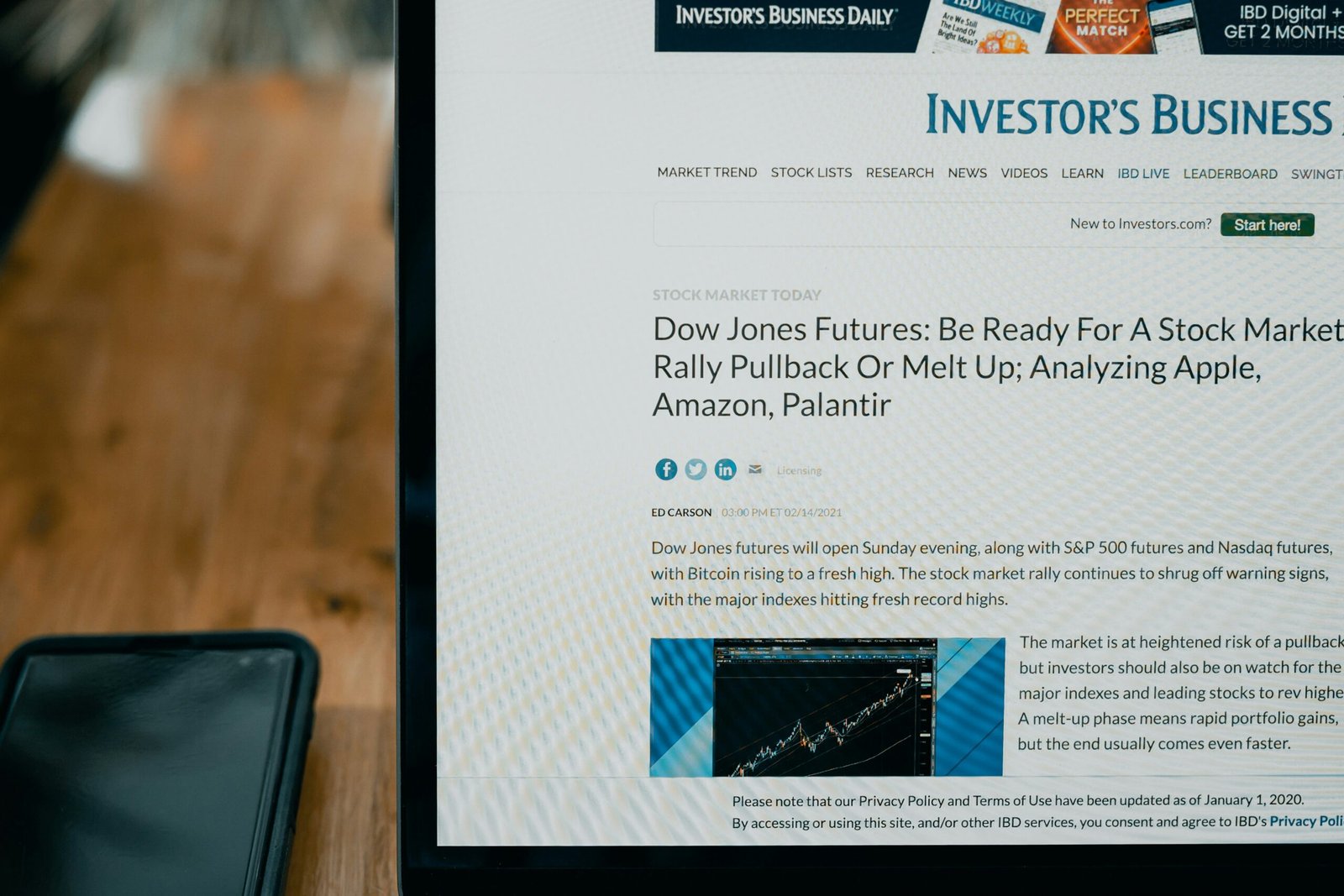The Latest Trends and Developments in Cryptocurrency
Emerging Trends in the Crypto Market
The cryptocurrency market is experiencing a transformative phase, marked by several emerging trends that are reshaping its landscape. One of the most significant trends is the growing adoption of decentralized finance (DeFi) platforms. DeFi platforms are revolutionizing the traditional financial system by enabling peer-to-peer transactions without the need for intermediaries. This democratization of finance is attracting a diverse range of users, from individual investors to large financial institutions. According to recent data, the total value locked in DeFi platforms has surpassed $80 billion, highlighting the sector’s rapid growth and increasing influence.
Another noteworthy trend is the rise of non-fungible tokens (NFTs). NFTs have gained considerable attention due to their unique ability to represent ownership of digital assets, such as art, music, and virtual real estate, on the blockchain. The NFT market has seen exponential growth, with sales reaching over $2 billion in the first quarter of 2021 alone. This surge is driven by a growing interest in digital collectibles and the potential for NFTs to revolutionize industries like gaming, entertainment, and digital art.
Institutional investors are also playing a pivotal role in the evolving cryptocurrency market. Major financial institutions, including hedge funds, investment firms, and publicly traded companies, are increasingly allocating a portion of their portfolios to cryptocurrencies. This growing institutional interest is providing a level of legitimacy and stability to the market, which has historically been characterized by high volatility and skepticism. For example, the investment firm Grayscale reported managing over $50 billion in digital assets, reflecting the increasing confidence in the long-term potential of cryptocurrencies.
These trends are not only influencing current market dynamics but also pointing towards potential future developments. As DeFi platforms continue to innovate, we may see further integration with traditional financial systems, offering more robust and accessible financial services. The NFT market is likely to expand, with new use cases emerging across various sectors. Institutional involvement is expected to grow, driving further mainstream adoption and regulatory clarity. Expert opinions suggest that these trends will play a crucial role in shaping the future of the cryptocurrency market, making it an exciting space to watch.
Technological Innovations and Regulatory Changes
The cryptocurrency landscape is evolving rapidly, driven by both technological advancements and regulatory changes. One of the most significant technological innovations in this space is the development of new blockchain technologies. These improvements are aimed at enhancing scalability, speed, and efficiency. For example, Layer-2 solutions and sharding are being increasingly adopted to address scalability issues inherent in many blockchain networks. Additionally, the integration of zero-knowledge proofs is enhancing privacy and security, making transactions more confidential and secure.
Advancements in smart contract capabilities are also noteworthy. Smart contracts, which are self-executing contracts with the terms directly written into code, are becoming more sophisticated. The introduction of interoperable smart contracts allows for seamless interaction between different blockchain networks, increasing their utility and adoption. Moreover, improvements in oracles, which provide external data to smart contracts, are making these contracts more reliable and versatile.
On the security front, the focus has shifted towards more robust cryptographic techniques and multi-signature wallets. These advancements aim to reduce vulnerabilities and enhance the overall security of crypto assets. Additionally, decentralized finance (DeFi) platforms are incorporating automated security audits to identify and rectify potential security lapses proactively.
Regulatory changes are equally pivotal in shaping the cryptocurrency market. Governments worldwide are introducing new regulations to address concerns related to money laundering, fraud, and market manipulation. For instance, the European Union’s Markets in Crypto-Assets (MiCA) framework aims to create a harmonized regulatory environment across member states, enhancing legal clarity for investors and developers. In the United States, the Securities and Exchange Commission (SEC) is intensifying its scrutiny of Initial Coin Offerings (ICOs) and other crypto-related activities, aiming to protect investors while fostering innovation.
These regulatory changes present both challenges and opportunities. While stringent regulations may initially seem restrictive, they can lead to a more stable and secure market in the long run. For developers and investors, understanding and adapting to these regulatory frameworks is crucial for sustained growth and innovation.
Expert insights suggest that the future regulatory environment will likely become more structured, providing clearer guidelines for market participants. Additionally, technological innovations such as quantum-resistant algorithms and AI-driven security measures are expected to further secure and optimize the cryptocurrency ecosystem.


